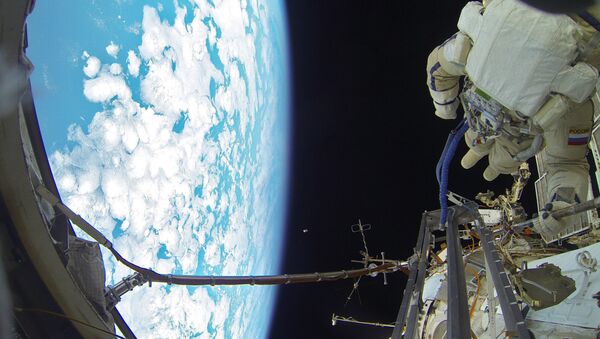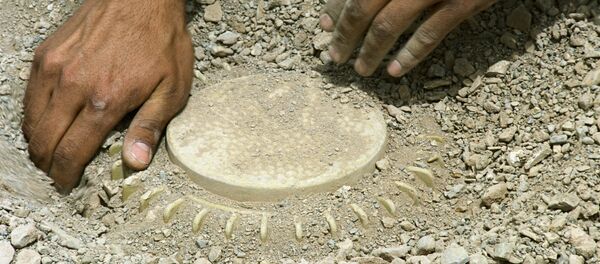“The TPU probe, to be orbited from the ISS, was assembled and handed over to the Space Rocket Corporation Energiya for delivery to the Baikonur space launch center,” the TPU press service said.
The CubSat, a standardized 300mmX100mmX100mm cube, housing all the basic functionality for a research satellite, will orbit the earth for the next six months, RIA Novosti wrote.
“This is the first 3D-printed space probe ever built. Further advancement of this technology will eventually enable the mass-scale production of such small satellites,” the press release added.
Space scientists see 3D printing as a way to harness the full potential of the CubSat, which will enjoy dramatic expansion in the future.
The satellite’s carcass was built from Roscosmos-approved materials using the method of 3D printing. Most of its elements contain plastic parts and the zirconium-ceramic battery is the first of its kind.
It is meant to protect the battery against destructive temperature fluctuations, RIA Novosti reported.
Numerous sensors will be measuring the temperature of the chipboards and batteries and picking up the parameters of the onboard electronic components.
These will subsequently be sent down to earth for the scientists to analyze and decide whether these materials can be used in future space probes.



